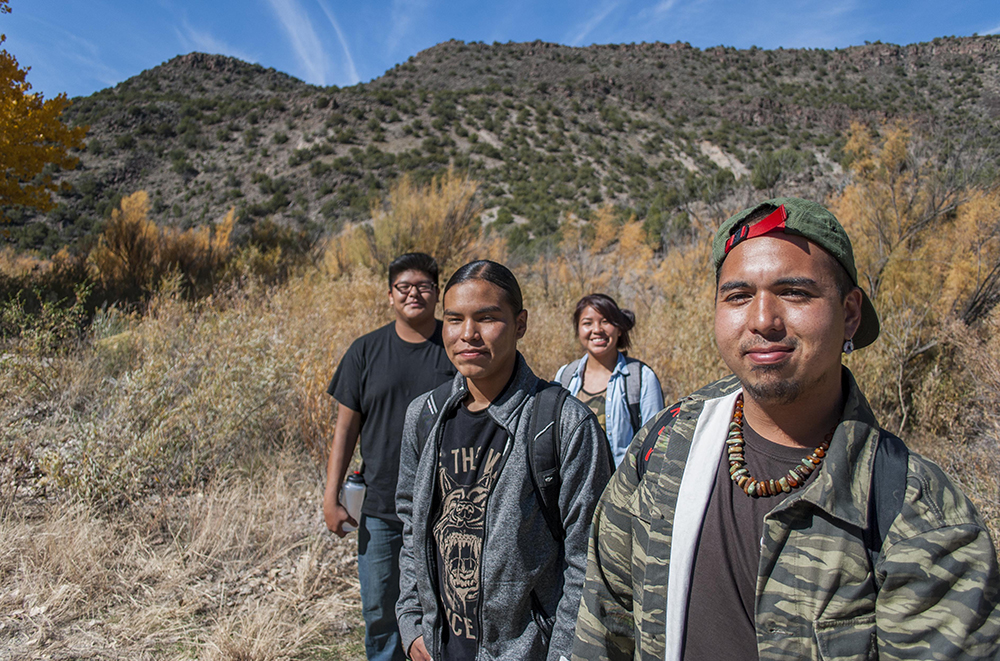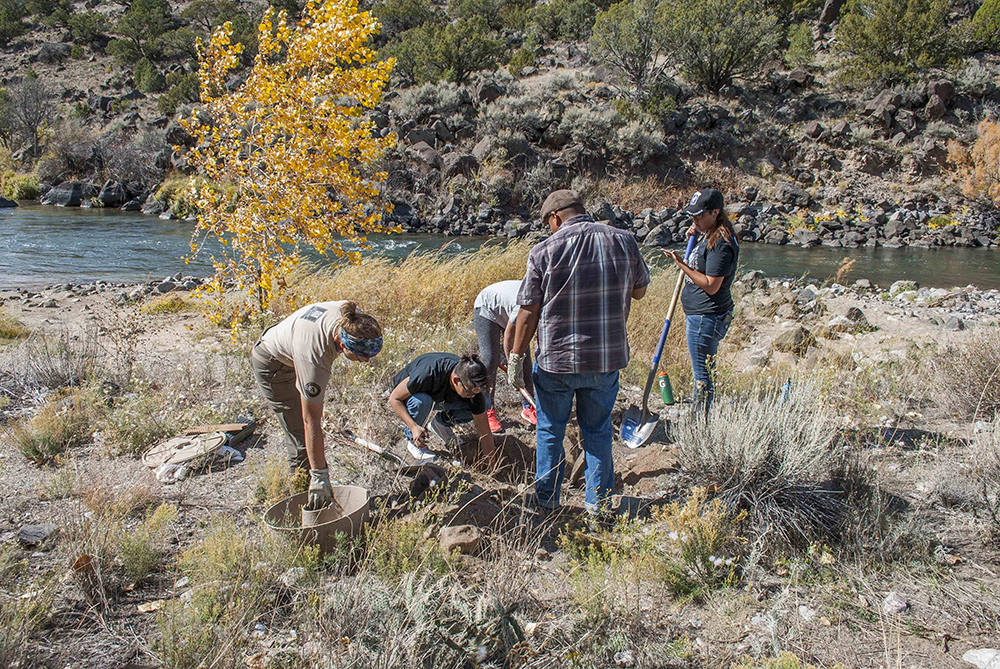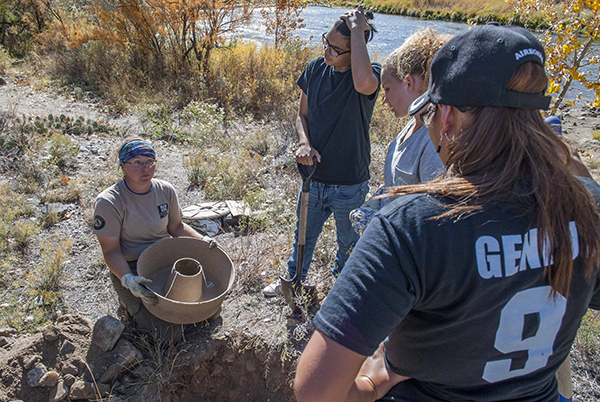The Rio Grande del Norte is a place of silent violence. Clouds thrust themselves forward in great, spear-shaped fronts, piercing their way through the great expanse beneath it.
Migratory birds heading south on the Pacific Flyway cut through it in precise formations, and on ground level the scars of a great crack in the earthís crust from millennia ago cut through the great plains, creating a stark contrast between the softly glowing New Mexican sunlight and the deep shadow of the gorge. In short, itís magnificent, and a monument to the power of human and animal resilience as it acts as host for elk, deer and humans, who have used its land to hunt, fish, graze and gather for hundreds, if not thousands of years.
In fact, this is why President Obama designated it a National Monument on March 25th 2016. As one of the oldest continually inhabited landscapes on the continent, it has played a vital role in shaping cultures for centuries, and remains a vital part of Americaís natural history and economy.
This winter, a group of young military veterans, the Bureau of Land Management (BLM) and high school students from the Native American Community Academy (NACA) in Albuquerque planted native tree seedlings with the Cocoon and milkweed plants to slow erosion and improve conditions for wildlife and insect pollinators along the Rio Grande. They removed invasive tamarisk, and planted Russian olive trees which will help to purify the river water for a variety of wildlife, such as the endangered Southwest willow flycatcher.
ìThese lands belong to all of us, and Iím delighted to have these great partners helping the next generation get some hands-on experience with land management,î said John Bailey, Monument Manager at the BLM. ìWe all own and must take responsibility for the protection of our public lands.î
Long may these magnificent natural monuments prosper.






